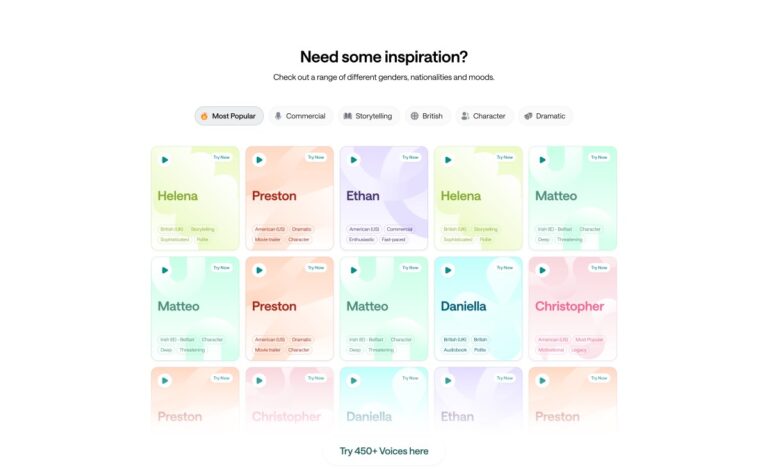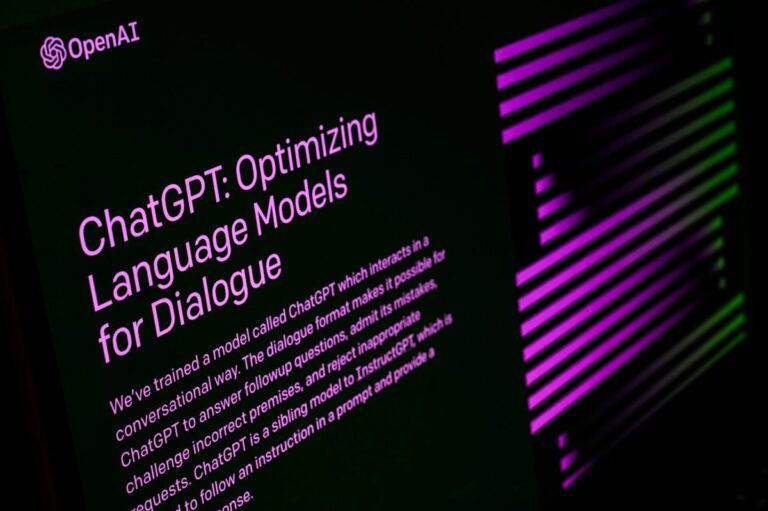Unlocking AGI Safety: DeepMind’s 145-Page Paper Faces Skepticism
On Wednesday, Google DeepMind released a comprehensive paper detailing its safety approach to Artificial General Intelligence (AGI), which is generally understood as AI capable of executing any task that a human can perform. This topic has sparked considerable debate in the AI community, with some experts suggesting that AGI is merely a distant aspiration, while others, including leading AI labs like Anthropic, warn of imminent risks and the potential for catastrophic outcomes if proper safety measures are not implemented.
DeepMind’s Insights on AGI Development
DeepMind’s extensive 145-page report, co-authored by co-founder Shane Legg, anticipates the arrival of AGI by 2030. The authors highlight the potential for what they term “severe harm,” including existential risks that could threaten humanity’s existence. They emphasize the need for proactive safety measures in AGI development.
The Concept of Exceptional AGI
According to the paper, the authors predict the emergence of an “Exceptional AGI” by the end of this decade. This type of AGI would possess capabilities on par with the 99th percentile of skilled adults across a wide array of non-physical tasks, including metacognitive tasks such as learning new skills. The authors state:
“[We anticipate] the development of an Exceptional AGI before the end of the current decade.”
Contrasting Perspectives on AGI Risk Mitigation
The paper highlights differences in AGI risk management approaches among various AI organizations. DeepMind’s perspective contrasts with that of Anthropic, which places less emphasis on robust training and security measures, and OpenAI, which is described as overly optimistic about automating AI safety research.
Concerns About Superintelligent AI
DeepMind expresses skepticism regarding the immediate viability of superintelligent AI—systems that could outperform humans in all tasks. The authors argue that unless there are “significant architectural innovations,” superintelligent systems may not emerge soon. However, they acknowledge the likelihood of current AI frameworks facilitating recursive AI improvement, where AI systems conduct research to enhance their own capabilities, posing significant risks.
Proposed Safety Techniques
The paper advocates for developing techniques to:
- Block bad actors from accessing AGI
- Enhance understanding of AI system behaviors
- Fortify environments where AI operates
While the authors admit that many of these techniques are in their early stages and present open research challenges, they urge the AI community not to overlook potential safety issues.
“The transformative nature of AGI has the potential for both incredible benefits as well as severe harms,” they assert. “To build AGI responsibly, it is critical for frontier AI developers to proactively plan to mitigate severe harms.”
Expert Opinions on AGI Viability
Despite DeepMind’s thorough analysis, some experts contest the paper’s conclusions. Heidy Khlaaf, chief AI scientist at the nonprofit AI Now Institute, argues that the concept of AGI is too vague for rigorous scientific evaluation. Similarly, Matthew Guzdial, an assistant professor at the University of Alberta, questions the feasibility of recursive AI improvement, stating:
“[Recursive improvement] is the basis for the intelligence singularity arguments, but we’ve never seen any evidence for it working.”
Sandra Wachter, a researcher at Oxford studying technology and regulation, raises concerns regarding AI systems reinforcing inaccuracies through their outputs. She warns:
“With the proliferation of generative AI outputs on the internet, models are now learning from their own outputs that are riddled with mistruths.”
Conclusion
Although DeepMind’s paper is thorough and insightful, it is unlikely to resolve the ongoing debates surrounding the realism of AGI and the urgent areas of AI safety that require attention.







